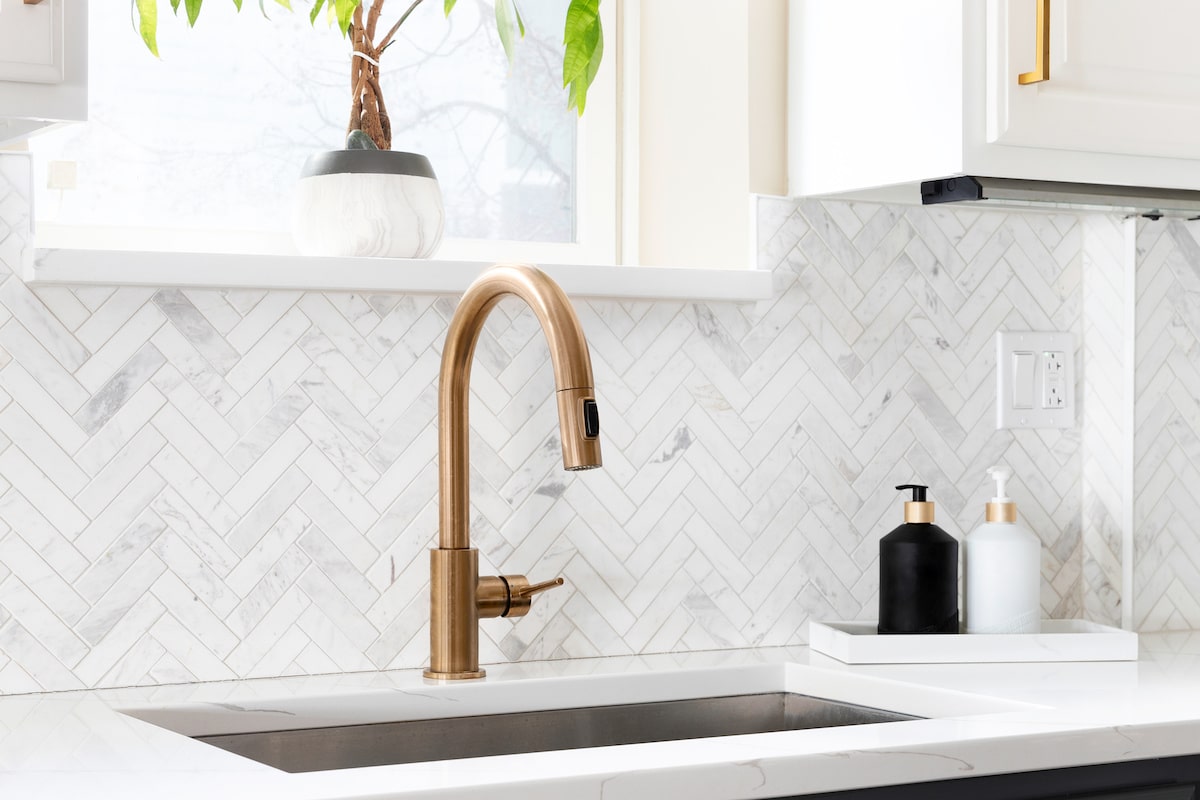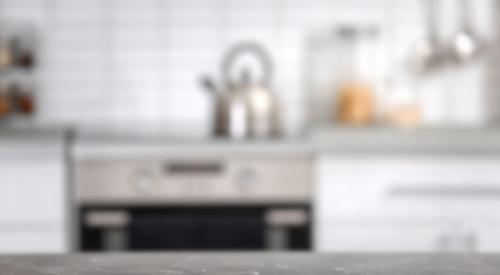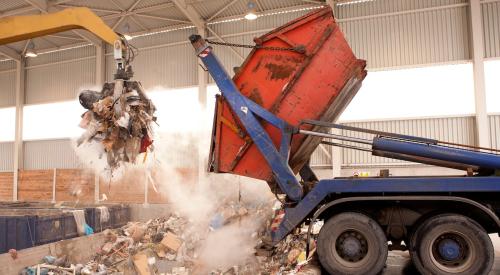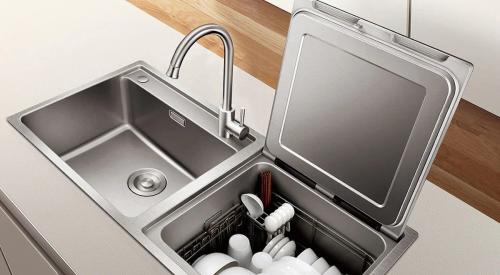Good indoor air quality and thorough cleanliness are critical in our homes, where our families eat, sleep, and spend many hours a day. We are more aware than ever of the microbes that are constantly around us, and this has sparked a sharp rise in interest in incorporating sustainable built-in antimicrobial technologies and odor control solutions into a huge variety of items and coatings, even in the materials that make up the buildings themselves. This comes at a key time for the construction industry as changing regulations make builders liable for quality assurance over longer periods and, at the same time, homeowners want environments that they can keep cleaner for longer.
Buildings such as houses, apartment blocks, and hotels take years of planning and project management, and it is a lengthy and expensive process for all stakeholders, more recently complicated by the fact that many countries are now enforcing a 10-year guarantee on all new homes. This ruling puts a huge onus on architects and builders to create a quality ‘product’ from the outset, as they will ultimately be responsible for repairing any deterioration for years after completion. Choosing better quality components in the first place will undoubtedly help, but even the best materials on the market are prone to soiling and degradation caused by molds and other microbes. And that’s why the industry is increasingly turning its attention to built-in antimicrobial technologies that can be incorporated into virtually any materials – from drywall and insulation to sealants and plumbing components – to prolong a product’s life beyond the standard guarantee.
READ MORE: Projects + Case Studies
Time takes its toll
A typical 21st century home is – on the surface at least – a fairly clean place. However, over time, building materials – ranging from sealants, grouts, and decorative paints to flooring, insulation, door hardware, and light switches – accumulate microorganisms that lead to stains, cracks, and smells, ultimately resulting in damaging, long-term consequences. Areas of excessive moisture, such as bathrooms and kitchens, are especially problematic, as these environments provide ideal conditions for microbial growth and the subsequent deterioration they cause. Similarly, products that include substances such as starches, organic adhesives, and cellulose sugars are also particularly susceptible as they effectively serve as nutrient sources, encouraging the growth of bacteria, molds, and mildews.
Most households, of course, will routinely rely on a whole host of standard cleaning products and surface disinfectants that promise to reduce the growth and spread of microbes. However, these types of chemicals often have limited residual activity in high-touch point areas – such as faucets, door frames and handles, countertops, walls, and floor tiles – once they dry. Incorporating built-in antimicrobials into the very fabric of these items and surfaces goes one step further, offering a layer of product protection that helps prevent the growth of organisms and the degradation that this causes.
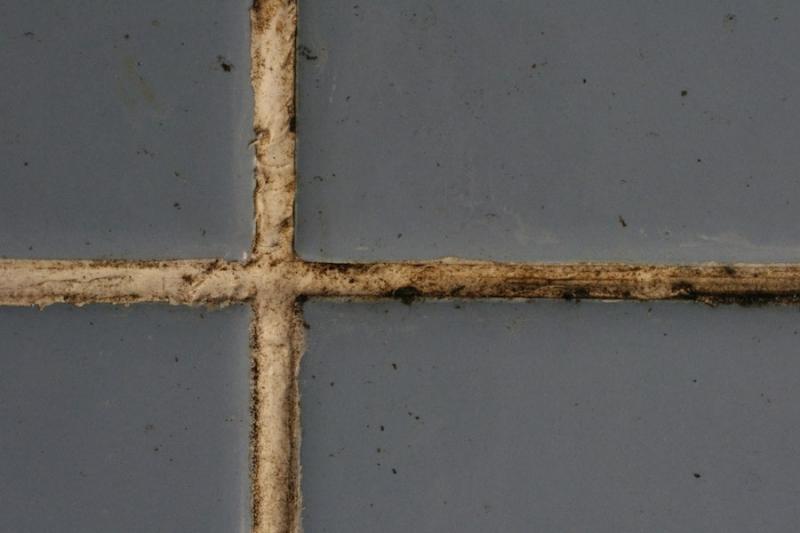
Untreated mold growth deteriorating grout in bathroom tile. (Image: Microban)
Tried and tested technology
Some manufacturers have already taken steps to treat their building material products with antimicrobials, and many of these have been based on silver and zinc. These chemistries have long been used for their antimicrobial properties in many industries because they are effective against microorganisms at low concentrations, continually disrupting their growth and reproduction at a cellular level. Most importantly, these silver- or zinc-based antimicrobial solutions can be water- or solvent-based, or even in powdered form, and so can be easily incorporated into products at the manufacturing stage so that they never wash off or wear away.
The importance of wisely choosing the best products
Formulation of building products – including grouts, sealants, and paint – is critical for both aesthetics and function, and establishing the best choice and dosage of an antimicrobial chemistry for a certain application requires a lot of research and development, as well as safety and regulatory considerations that can often slow the development process down. Furthermore, it is important to ensure that the addition of antimicrobial technologies does not compromise key features such as the texture, finish, and durability of a product, and this often requires a fine-tuned process. This is where selecting a supplier – such as Microban International – that is well-established and capable of offering tailored solutions to match exact material requirements comes to the fore. Having access to an intricate understanding of antimicrobial product protection, and an in-depth knowledge of global regulatory requirements helps manufacturers of building materials to quickly and simply navigate the complexities of the various regulations across all geographical markets. For example, antimicrobial technologies are typically registered with – and so must conform to the guidelines of – the Environmental Protection Agency (EPA) in the US, or are notified with the Biocidal Products Regulation (BPR) in Europe, and these particular authorities may represent a regulatory minefield quite unfamiliar to product manufacturers.
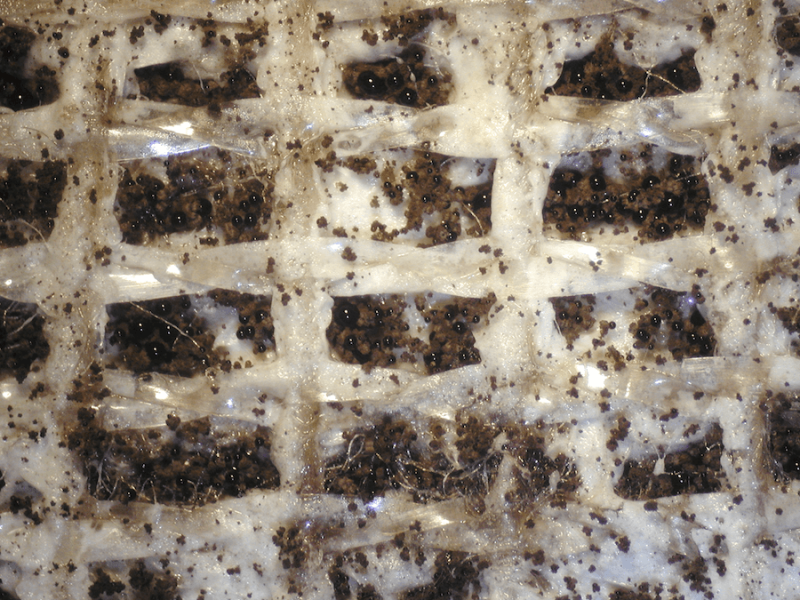
Untreated carpet under a microscope. (Image: Microban)
Future-proofing our environments
With the right guidance and choice of chemistry, incorporating built-in antimicrobial product protection into building materials is a win-win situation. It improves the product integrity of construction components – and hence the buildings themselves – giving extra longevity that fits with today’s environmentally conscious world, where there is an ever-increasing focus on sustainability. Products treated with ‘always on’ antimicrobial technologies add ‘cleaner for longer’ attributes to new or renovated properties, providing potential buyers with an additional 24/7 layer of protection against the growth of microbes as a perfect complement to routine cleaning with surface disinfection products. However, they also offer longer-term benefits to builders, reducing the expenses associated with repair or replacement of microbe-associated wear and tear, and protecting their investment for years to come.
Founded in 1984, Microban International, Ltd. is the global leader in antimicrobial additives and odor control solutions.
